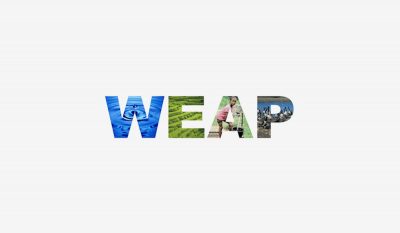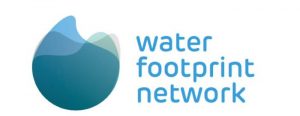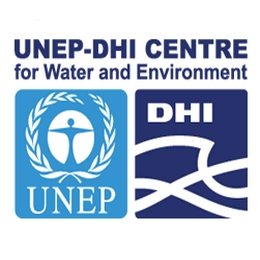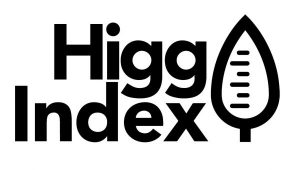Primary Functions
- Incorporate supply, demand, water quality and ecological considerations into a practical yet robust tool for integrated water resources planning
Detailed Description
Many regions are facing formidable freshwater management challenges. Allocation of limited water resources, concerns regarding environmental quality, planning under climate variability and uncertainty, and the need to develop and implement sustainable water use strategies are increasingly pressing issues for water resource planners. Conventional supply-oriented simulation models are not always adequate for exploring the full range of management options.
Over the last decade, an integrated approach to water development has emerged which places water supply projects in the context of demand-side management, and water quality and ecosystem preservation and protection. WEAP incorporates these values into a practical tool for water resources planning and policy analysis. WEAP places demand-side issues such as water use patterns, equipment efficiencies, re-use strategies, costs, and water allocation schemes on an equal footing with supply-side topics such as stream flow, groundwater resources, reservoirs, and water transfers. WEAP is also distinguished by its integrated approach to simulating both the natural (e.g., evapotranspirative demands, runoff, baseflow) and engineered components (e.g., reservoirs, groundwater pumping) of water systems. This allows the planner access to a more comprehensive view of the broad range of factors that must be considered in managing water resources for present and future use. The result is an effective tool for examining alternative water development and management options.





